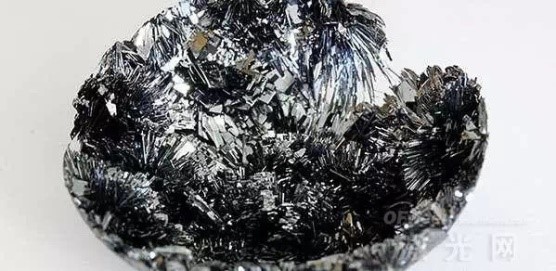Since the discovery of the Nobel Prize-winning material graphene, many new nanomaterials have emerged with similarly remarkable properties that promise to deliver exciting new optical and electronic technologies. Black phosphorous (BP) is a particularly interesting post-graphene material that offers many opportunities for new laser and photonic devices; yet despite its remarkable performance in the lab, practical real-world exploitation of this unique material has been hindered by its complex material fabrication and poor environmental stability.

Recent breakthrough from an interdisciplinary team of international researchers at Beihang University, University of Cambridge, Imperial College London and Zhejiang University, now offers hope of overcoming BP’s disadvantages by demonstrating a simple 'recipe' for the production of 'inks' of BP that are compatible with conventional inkjet printing techniques, making the scalable mass manufacture of BP-based photonic and optoelectronic devicespossible for the first time. The team of scientists led by Dr. Tawfique Hasan from University of Cambridge carefully optimized the chemical composition to achieve a stable ink through the balance of complex and competing fluidic effects. This enabled the production of new functional optoelectronic devices by high-speed printing with excellent print quality and uniformity—just like the printing of intricate graphics or photographs on paper. The researcher's work, recently published in Nature Communications, demonstrated the benefits of their novel technique by inkjet printing devices that take advantage of BP's remarkable properties, not least its semiconducting bandgap that can be readily varied by engineering the number of atomic layers and can cover the visible and near-infrared region of the electromagnetic spectrum.

The researchers demonstrated printed BP based nonlinear optical devices that can be easily inserted into lasers to act as ultra-quick optical shutters, converting a continuous beam of laser radiation into a repetitive series of very short bursts of light (or pulses) highly suited to industrial and medical applications, such as machining, drilling, imaging and sensing. Leading the work on lasers, Dr. Meng Zhang from Beihang University said “our nonlinear optical device design using BP achieves a significantly better performance and operational stability than any other previous demonstration, making it a step change towards new photonic devices and architectures using this novel material.” The team also demonstrated the ability of BP to act as an efficient and highly-responsive detector of light, extending the wavelength range beyond which conventional silicon-based photodetectors can achieve.

The lead author, Mr Guohua Hu from the University of Cambridge added:“We demonstrate a unique way to exploit this new 2D material for optoelectronics and photonics, creating many new opportunities”. Importantly, the BP ink can be seamlessly integrated with existing CMOS technologies, while the inkjet printing technique developed offers the tantalizing prospect of supporting the fabrication of so-called heterostructured materials that aim to capitalize on the distinct, yet complementary properties of multiple nanomaterial layers through controlled fabrication.
Refs:
Black phosphorus ink formulation for inkjet printing of optoelectronics and photonics, DOI:10.1038/s41467-017-00358-1
https://www.nature.com/articles/s41467-017-00358-1

